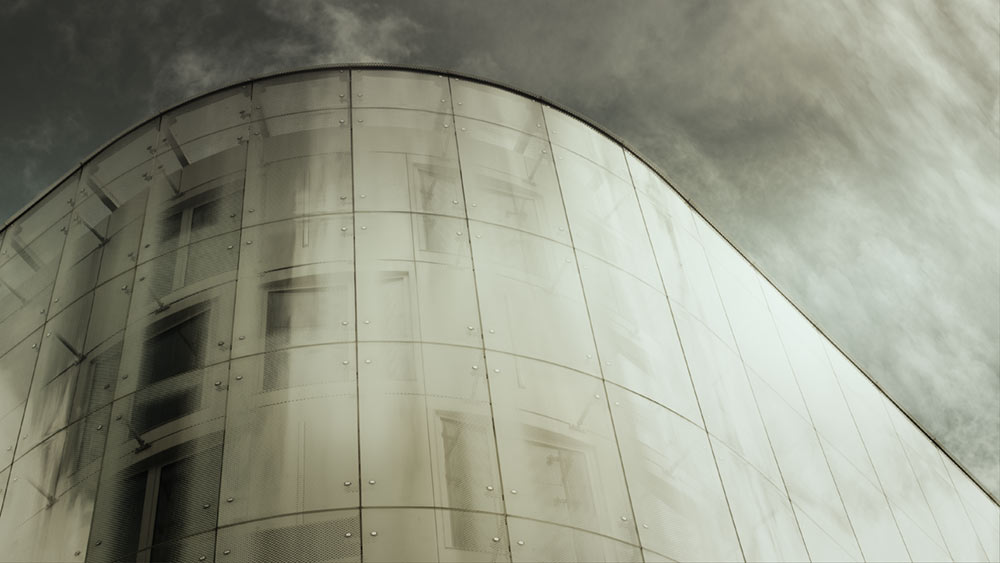The blow-up shatters the mirror of reality; it expose the image’s lack of spatial depth and resolution; it uncovers its essence as a surface, as a play of light and shadow, where light is not longer a metaphor for consciousness but simply a property of matter. Here is unmasked the nothingness of the image and its presence as death. The mirror gives way to the screen as both ground and background: the ‘blank’ field that waits to be occupied – as in so many of the director’s shots – by the entry of a subject who, metaphorically, is already in place. This crisis of the truth of representation, as a metaphor of the subject who is ‘supposed to know’, precipitates in the photographer what Freud, in his description of patients who resisted treatment, calls a ‘final apathy’. At the end, reality of illusion become interchangeable and the scene takes on the quality of a dream; in fact, Antonioni brackets the whole event by reference to sleep.
We might speculate further that this hallucinatory scene in the park is Oedipal in its configuration, in so far as both gunman and photographer occupy identical and interchangeable positions, both, covertly, behind the fence (or screen/lens) witness a sexually charged scene and ‘shoots’ the older man. If the photographer does not with his own eyes see the gunman at the edge of the frame, it is because it is his own desire that eventually conjures him; but such a repressed wish must, in the end, be masked by a screen memory. Consequently, in his final return to the scene in the park, he stops to watch a mimed game of tennis. As he follows the trajectory of an imaginary ball, which gradually becomes audible, we are reminded of Freud’s story of the Fort! Da! Game where, in order to accommodate emotionally the absent maternal relation, the child stages the disappearance and return of the cotton reel. In gaining mastery over the scene of his desire by representing it, he learns to narrate himself in to the social order of language to become a subject other than himself. For the most part, Antonioni’s photographer is a subject suspended between the registers of the imaginary and symbolic, his hallucination comparable to the experience of the subject of cinema, the viewer. Here, the projector unwinds its reel of signifiers in a potentially endless return to a scene of desire that is always and already prior to the film event. Like that enchained prisoners in Plato’s allegory of the cave enchanted by the play of shadow on the wall – images of images of an image of reality – we are reluctant to relinquish our attachment to desire’s illusions.
Nonetheless, the status of the photograph in Blow Up is as a material sign that seeks its truth in phenomenological experience. In the return to the park, touching the corpse confirms the truth of the image (not the other way round, where the image is assumed to validate the referent to reality). But, by the end of the film, the only surviving evidence that the corpse existed is an image of the illegible grains of the overblown photograph that the wife of the photographer’s friend, an artist, equates with her husband’s pointillist abstractions. They ‘don’t mean anything’ when he does them, she says, but they afterwards’ sort themselves out’. This autonomy of the image was echoed around the same time by Frank Stella’s comment that ‘What you see is what you get’, reflecting the modernist subject’s desire that its image assume the status of a pure sign in which all reference to any historical or ideological context to what lies outside its own inner logic, is suspended. This model of the subject however was soon to be superseded by others generated by the Conceptual art practices of the late Sixties, drawing on models of analysis by disciplines traditionally outside the domain of aesthetics or art history. The artwork has since come to be regarded not as an original and self-referential sign, but as an objective effect of a nexus of cultural codes that pre-exist both the object and the artist, who can no longer be perceived as a unique or visionary self.




